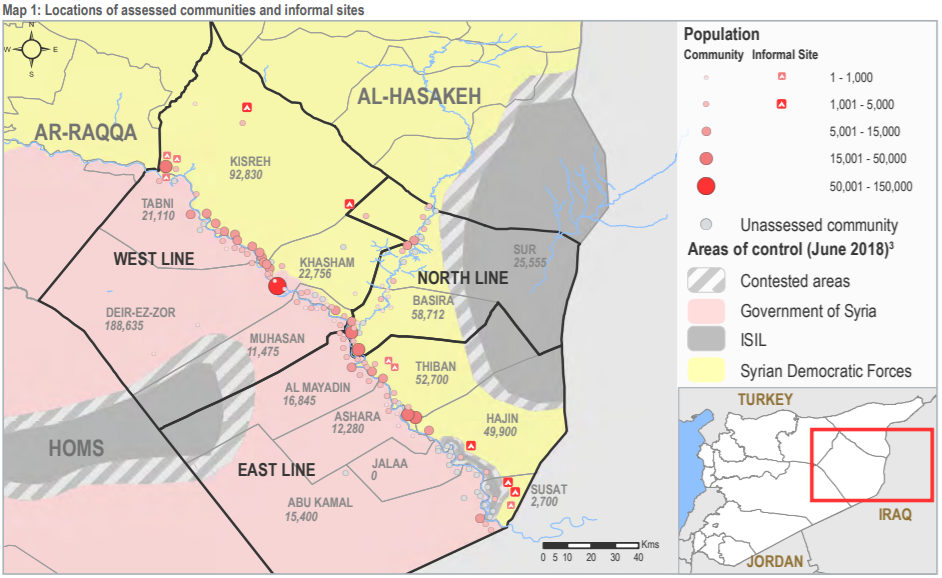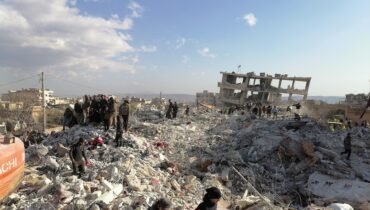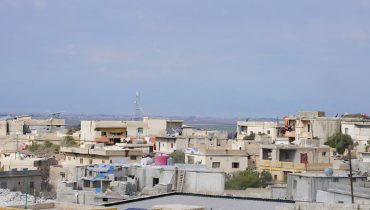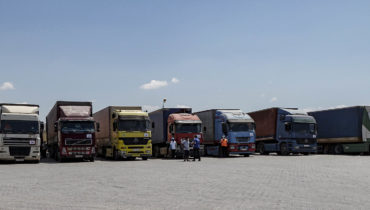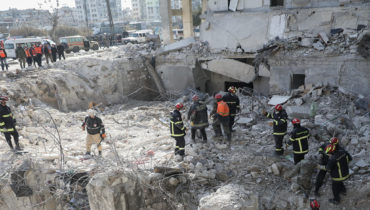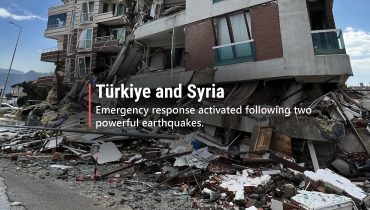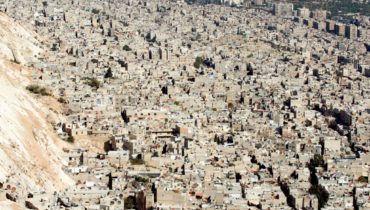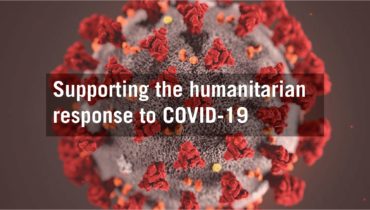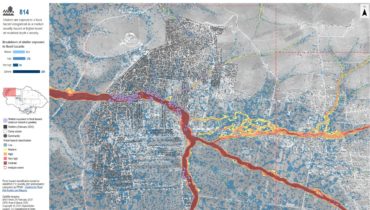Syria: Access to healthcare, water and basic services remains limited in conflict-affected regions of Deir-ez-Zor
24 October 2018
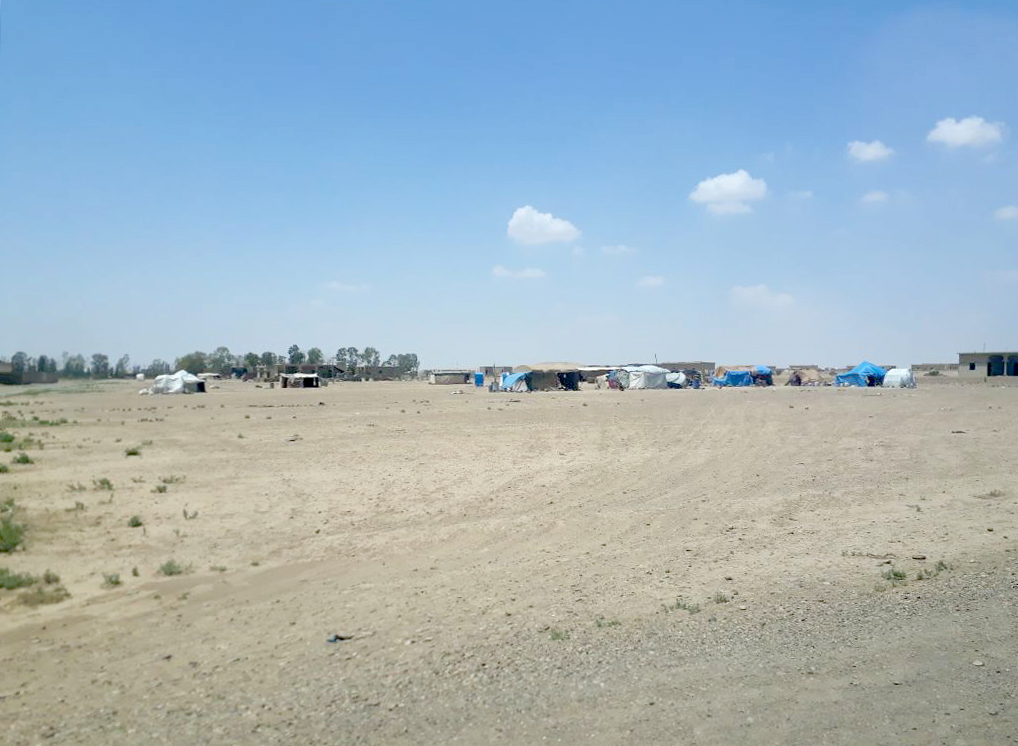
Conflict continues to displace civilians in Deir-ez-Zor governorate. ©REACH/2018
Conflict and violence between the Syrian Democratic Forces, the Government of Syria and the so called Islamic State continue to displace civilians and deteriorate the already severe humanitarian conditions in Syria’s Deir-ez-Zor governorate. Located along the border with Iraq, Deir-ez-Zor saw the displacement of 230,000 people between July and December 2017, creating an urgent need for information on the living conditions of both the displaced civilians and those choosing to remain in their homes.
REACH conducted its first rapid needs assessment in Deir-ez-Zor in February, followed by an assessment in April. In order to fill information gaps on the developments of the humanitarian situation in conflict affected regions, REACH conducted data collection for the third assessment between the 4th and 11th of June. The assessment covered 112 locations across the governorate and was conducted through remote interviews with key informants with a minimum of three informants per assessed community.
The findings gathered by REACH underscored the severe humanitarian situation civilians are facing throughout Deir-ez-Zor. Even though health facilities are accessible in a number of areas, the need for health services remains critical in several communities and informal sites hosting internally displaced people or IDPs. More than 60 percent of the assessed locations reported surgery and the treatment for chronic diseases as primary health needs, and almost half of the locations highlighted basic services, such as first aid and emergency care, as key needs. The clear lack of basic services is especially grave in light of the ongoing security situation in the governorate, and the people of Deir-ez-Zor continue to face serious threats to their safety, including airstrikes and direct gunfire. Moreover, the delivery of health and medical services is further stagnated by the difficulties humanitarian actors are facing in accessing sub-districts where conflict is most severe and dangers to safety most pertinent.
The challenges civilians are confronting in Deir-ez-Zor extend beyond basic security and healthcare. According to REACH findings, the quality of drinking water is generally poor and people reportedly fell ill after drinking the water available to them in almost half of the assessed locations. Regardless of quality, the quantity of water was also reported insufficient in several communities and informal sites. Encouragingly, food markets are reportedly functional and most communities reported that core food items are available and affordable. However, informal IDP sites near the Iraq-Syria border were reported to lack some core food items and have markets selling goods at unaffordable prices.
As households across Deir-ez-Zor flee from conflict or seek ways to recover from the impacts of violence, a more robust response to urgent humanitarian needs remains essential. An increased support for basic services in conflict affected areas is necessary to meet humanitarian needs also in locations where access is limited and threats to safety most severe.
For a more information on our work on Syria, visit REACH Resource Centre and read the full Deir-ez-Zor: Situation Overview and Sub-district Profiles.

